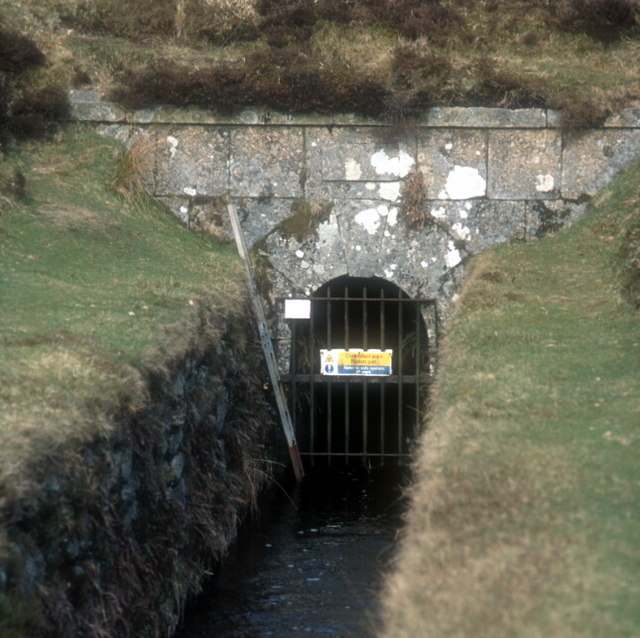
Introduction
Confined Space Hazards and Precautions : Confined spaces are areas that have limited entry and exit points and are not designed for continuous occupancy. These spaces may pose significant risks to workers due to their restricted nature, lack of ventilation, and potential for hazardous materials or substances. In this article, we will explore the hazards associated with confined spaces and discuss essential precautions that must be taken to ensure the safety of workers.
Understanding Confined Space Hazards and Precautions
1) Identifying Confined Spaces
Before delving into the specific hazards, it’s crucial to identify what constitutes a confined space. Confined spaces are areas that meet the following criteria:
- Limited means of entry and exit: These spaces are not easily accessible, making evacuation difficult in case of an emergency.
- Not designed for continuous occupancy: They are not intended for people to work in on a regular basis.
- Size limitations: Confined spaces may be large enough for workers to enter but not spacious enough for easy movement.
2) Common Hazards in Confined Spaces
Confined spaces present various risks to workers. Some of the most common hazards include:
- Lack of Oxygen: Many confined spaces have inadequate ventilation, leading to a lack of oxygen, which can result in asphyxiation.
- Toxic Atmospheres: Some confined spaces contain toxic substances or gases that can be harmful or fatal if inhaled.
- Fire and Explosion: The presence of flammable materials in confined spaces can lead to fire or explosion accidents.
- Engulfment: Workers may get trapped or engulfed by loose materials in confined spaces, such as grain or sand.
- Temperature Extremes: Confined spaces may experience extreme temperatures, which can lead to heat or cold-related illnesses.
Precautions for Working in Confined Spaces
1) Proper Training and Knowledge
One of the fundamental precautions for working in confined spaces is ensuring that all workers are adequately trained and informed about the potential hazards they may encounter. Training should cover:
- Recognition of confined spaces
- Specific hazards associated with each confined space
- Proper use of personal protective equipment (PPE)
- Emergency procedures and evacuation protocols
2) Conducting a Thorough Risk Assessment
Before entering a confined space, a comprehensive risk assessment must be conducted. This assessment should evaluate:
- Atmosphere testing for oxygen levels, toxic gases, and flammability
- The presence of hazardous materials or substances
- The potential for engulfment or entrapment
- The structural integrity of the confined space
3) Implementing a Permit System
A permit-to-work system is essential for managing entry into confined spaces. This system should include:
- A designated supervisor responsible for authorizing confined space entry
- Clear guidelines and instructions on the work to be performed
- Emergency contact information and procedures
4) Ensuring Proper Ventilation
Ventilation is critical to maintaining a safe atmosphere in confined spaces. Ventilation methods may include:
- Forced air ventilation to provide a continuous supply of fresh air
- Ventilation to remove hazardous gases and fumes
5) Using Appropriate Personal Protective Equipment
Workers must wear appropriate PPE when entering confined spaces. This may include:
- Respiratory protection to prevent inhalation of harmful substances
- Harnesses and lifelines for fall protection
- Protective clothing to safeguard against contact with hazardous materials
6) Continuous Monitoring and Communication
Constant monitoring of the confined space and communication between workers inside and attendants outside are vital. This involves:
- Regularly checking atmospheric conditions
- Maintaining communication via radios or signaling devices
Conclusion
Working in confined spaces presents inherent risks that must not be underestimated. Employers and workers must be proactive in understanding these hazards and taking the necessary precautions to ensure everyone’s safety. By providing proper training, conducting thorough risk assessments, implementing permit systems, ensuring ventilation, and using appropriate PPE, the risks associated with confined spaces can be minimized, creating a safer working environment for all.
FAQs
- What are confined spaces? Confined spaces are areas with limited entry and exit points, not intended for continuous occupancy, and may contain hazardous conditions.
- What are the common hazards in confined spaces? Common hazards include lack of oxygen, toxic atmospheres, fire and explosion risks, engulfment, and temperature extremes.
- Why is training essential for working in confined spaces? Proper training ensures that workers are aware of the risks and know how to handle emergencies, reducing the likelihood of accidents.
- What is a permit-to-work system, and why is it important? A permit-to-work system authorizes confined space entry and provides guidelines for safe work, enhancing safety measures.
- How does continuous monitoring improve confined space safety? Continuous monitoring allows for immediate response to changes in atmospheric conditions, ensuring a safe working environment.
























